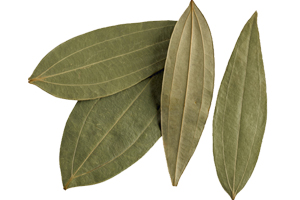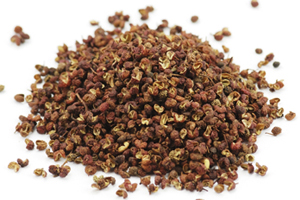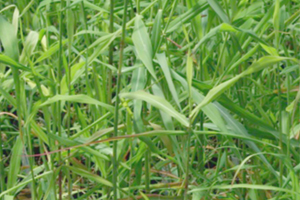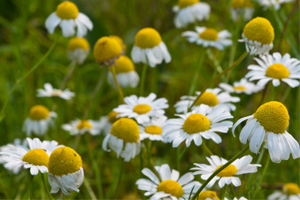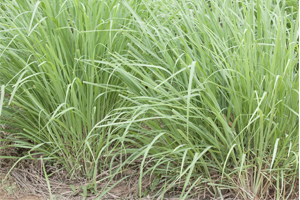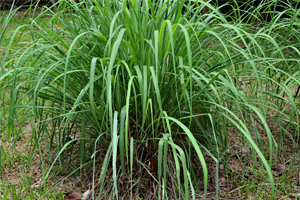Artemisia Essential oil
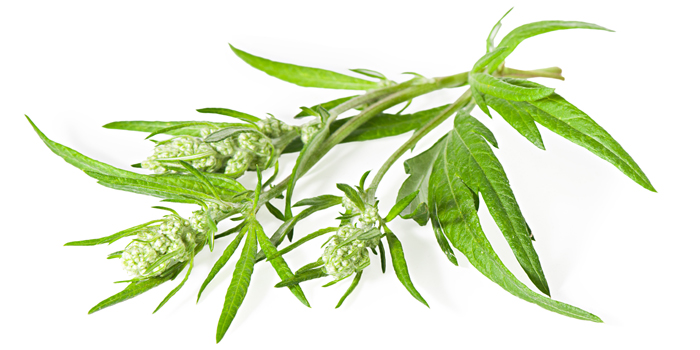
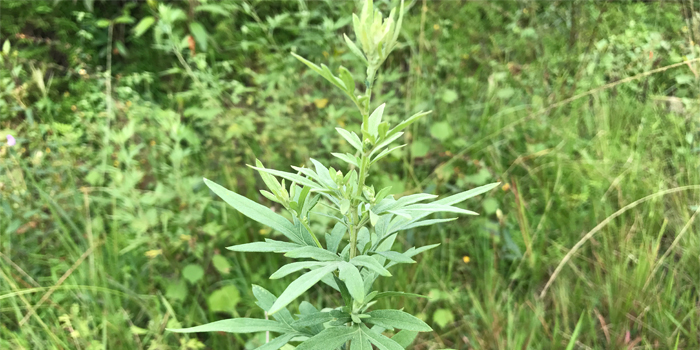
Artemisia Essential oil
| Botanical Name | Artemisia Vulgaris L. |
|---|---|
| Common Name | Artemisia, Wormwood |
| Family | Compositae |
| Parts of used | Leaves and young shoots |
| Method of Extraction | Steam distillation |
| Distribution | 300-2400m throughout Nepal |
| Type of product | Wild crafted |
Plant description:
Artemisia Vulgaris L. is an aromatic and herbaceous perennial shrub that grows about 2.4 m tall with woody roots. Its leaves are alternate, lower leaves ovate in outline deeply pinnatisect with small stipule like lobes at the base, pubescent above and tomentose beneath, uppermost leaves smaller, 3-fid or entire, lanceolate. Flowers are sub-globose heads in sub-erect or horizontal panicled racemes. Fruit oblong-ellipsoid minute achene and flowering season are June-July.
Product Description:
Artemisia wild-crafted essential oil is widely used as a medicine. Its domestic use as a medicine is more popular in Nepal. Oil is obtained through the distillation of leaves and young shoots. The leaves and flowering stems of Artemisia indica are anthelmintic, antiseptic, anti-spasmodic, emmenagogue, expectorant, and stomachic. An infusion is used in the treatment of nervous and spasmodic affections, in asthma and diseases of the brain. This infusion is also considered to help improve the appetite. The juice of the plant is used in Nepal to treat diarrhea, dysentery, and abdominal pains. It is used as an eyewash where it is said to relieve the burning sensation in conjunctivitis. A paste of the plant is applied externally to treat wounds. The roots are antiseptic and are a tonic for the kidneys.
Chemical Constituents:
Thujone, cineol, pinene.
Benefits:
- Due to Thujone in the Artemisia Essential oil, it has a good deodorant property, thus helps to wipe unpleasant odors from cloth bags, vehicles, and rooms.
- As a cholagogue, it promotes digestion through stimulating the secretion of bile as well as other digestive juices into the stomach.
- It is a preferred choice in women’s health because it stimulates menstrual discharges and aids to open blocked menstruation.
- This essential oil also facilitates digestion, as well as relieves inflammation and pain.
- The oil has soothing and relaxing effects on the nervous system, thus helps to calm hysteric and epileptic attacks.
- Artemisia oil is famous for lifting mood and bringing cheerfulness in the people coping with anxiety and situational depression.
Medical Uses:
Artemisia oil is a stomachic, purgative, de-obstruent, anti-spasmodic, anthelmintic, insecticide, and prescribed in infusion and electuary in case of obstructed manse and hysteria. It cures asthma, itching, anorexia, gastritis, rheumatism, bronchitis, fever, headache, hemorrhage, and diarrhea. Externally it is used in skin diseases and foul ulcers. It is also used in the treatment of sleep disorders and ailments of gastrointestinal tracts, such as insomnia, anorexia, low appetite, flatulence, stomach aches, and jaundice.
Artemisia Oil—due to Thujone component–has febrifuge & vermifuge property. Therefore, it is used to kill microbes and inhibit their growth. The oil is also used as a tonic for enhancing the digestive, circulatory, excretory, and other organ systems of the human body.
Kitchen-garden Use:
It is widely used in sprays and vaporizers as an insect repellent.
- MSDS
- TDS
- COA
- Specification Sheet
